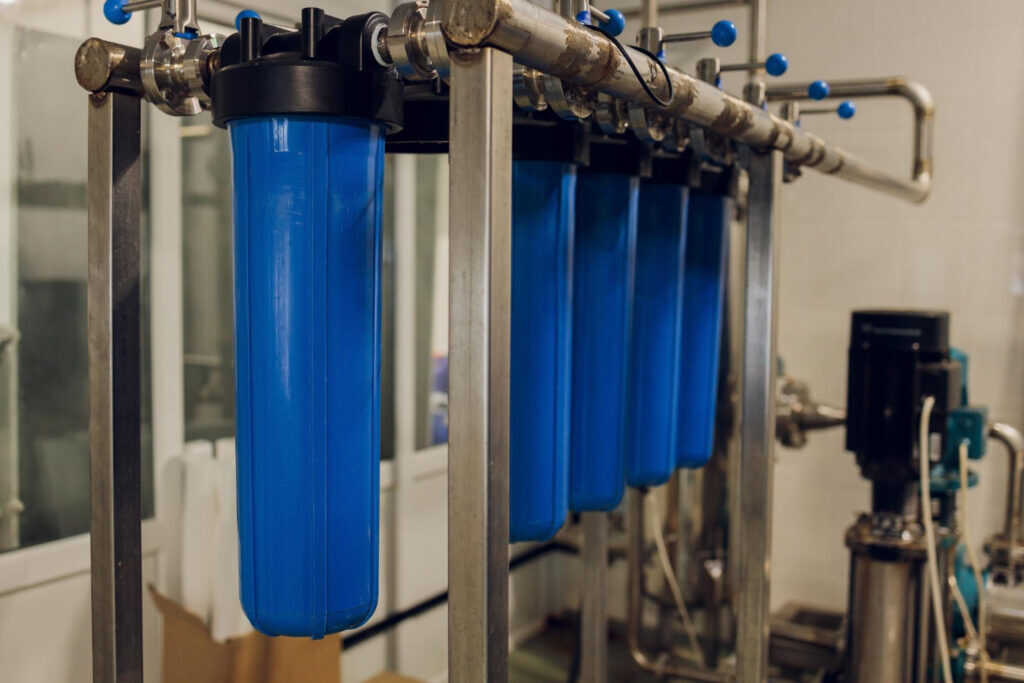When to Shock Your Pool: Frequency and Timing
Discover the ideal timing and frequency to shock your pool for optimal maintenance and cleanliness.
Understanding when to shock your pool is essential for maintaining a safe, clean, and inviting swimming environment. Shocking involves adding a high dose of chlorine or other chemical agents to the water to eliminate contaminants and restore clarity. In this comprehensive guide, we will explore the importance of shocking your pool, the factors that influence how often you should do it, and the best practices to ensure your pool remains in perfect condition. Whether you’re a new pool owner or a seasoned pro, this article will provide the insights you need to keep your pool healthy and enjoyable.
The Importance of Shocking Your Pool
Shocking your pool is a crucial part of pool maintenance that cannot be overlooked. Here are the primary reasons why it is important:- Eliminates Contaminants: Over time, pool water can accumulate organic impurities like algae, bacteria, and oils from sunscreen. Shocking effectively kills these contaminants, ensuring the water remains safe for swimming. – Prevents Algae Growth: High levels of chlorine help prevent algae from taking hold, which can turn your pool water green and make it uninviting.- Restores Water Clarity: Regular shocking helps restore the sparkling clarity of your pool water, making it more visually appealing.- Maintains Chemical Balance: By shocking the pool, you can help stabilize the chemical levels, ensuring that chlorine and pH levels are balanced for optimum performance.According to the Centers for Disease Control and Prevention (CDC), maintaining proper pool chemistry is essential to prevent recreational water illnesses, which can arise from contaminated water. Thus, shocking your pool should be seen not just as a chore, but as a vital health measure.
How Often Should You Shock Your Pool?
The frequency of shocking your pool can depend on various factors:1. Usage Level: If your pool is used regularly or hosts many swimmers, you should consider shocking it more often—ideally once a week during the peak season. For lightly used pools, once every two weeks may suffice.2. Weather Conditions: Rain, wind, and high temperatures can introduce debris and contaminants into your pool, necessitating more frequent shocking. For example, after a heavy rainstorm, it is advisable to shock your pool to counter any dilution or contamination.3. Pool Type: The type of pool you own can impact your shocking schedule. In-ground pools often require different maintenance compared to above-ground pools. The material and the presence of a pool cover can also influence how often you should shock.4. Water Quality: If you notice cloudy water, a strong chlorine smell, or skin irritation among swimmers, these could signal a need for immediate shocking. Regular water testing can help you keep track of your chlorine levels and other chemical balances.5. Seasonal Changes: Pools often require more maintenance in hotter months when usage increases. During peak summer, it may be beneficial to shock your pool weekly. In the off-season, you can reduce the frequency, but regular maintenance is still essential.By understanding these factors, you can tailor your shocking schedule to meet your pool’s specific needs and ensure a healthy swimming environment.
The Best Time to Shock Your Pool
Timing can significantly impact the effectiveness of shocking your pool. Here are some best practices regarding when to carry out this essential maintenance task:- Evening Hours: The most effective time to shock your pool is in the evening. This allows the chemicals to work overnight without interference from the sun, which can break down chlorine and reduce its effectiveness.- Before Heavy Use: If you know your pool will be busy, like a family gathering or party, it’s wise to shock it a day in advance to ensure optimal cleanliness for your guests.- After Rain or Storms: Following any significant weather events, particularly storms, shock your pool to eliminate any contaminants washed in and help restore clear water.- After a Pool Party: If you’ve had a large number of swimmers in your pool, it’s good practice to shock it afterward to combat the organic matter introduced.By carefully selecting the timing of your pool shocking, you can maximize its effectiveness, ensuring your pool remains in pristine condition.
Shocking Techniques and Products
When it comes to shocking your pool, there are various techniques and products available. Here are some options:1. Chlorine Shock: The most common option, chlorine shock comes in granular or liquid form and is effective in killing bacteria and algae. It’s essential to select the right type of chlorine for your pool type (chlorinated or saltwater).2. Non-Chlorine Shock: These products, often potassium peroxymonosulfate-based, can be used to oxidize contaminants without raising chlorine levels. They are particularly useful for pools that need frequent shocking.3. Dosing: Follow the manufacturer’s instructions for proper dosing based on the pool’s size and current water chemistry. It’s crucial to ensure you’re not over or under-shocking, as both can lead to problems.4. Safety Precautions: Always use appropriate safety gear, such as gloves and goggles, when handling pool chemicals. Ensure you store chemicals properly to avoid any hazardous reactions.Remember, the method and products you choose for shocking your pool can significantly affect the results, so it’s worthwhile to invest time in understanding your options.
Common Mistakes to Avoid When Shocking Your Pool
Even seasoned pool owners can make mistakes when shocking their pools. Here are some common pitfalls to avoid:- Shocking Too Frequently: While consistency is key, shocking your pool too often can lead to chemical imbalances. Stick to a schedule based on usage and environmental conditions.- Skipping Testing: Before shocking, always test your pool water to determine the current levels of chlorine and other chemicals. This information is vital for choosing the correct shocking dosage.- Not Circulating the Water: After shocking, ensure the pool’s filtration system runs for at least 8-12 hours. This circulation helps distribute the chemicals evenly throughout the pool.- Ignoring Safety Guidelines: Always prioritize safety when handling chemicals. Read instructions carefully, and never mix different types of shock treatments unless specified by the manufacturer.- Timing Mistakes: As mentioned earlier, shocking during the day can lead to reduced effectiveness due to UV rays. Stick to evening hours for the best results.Avoiding these mistakes can make your pool maintenance more efficient and effective, yielding clearer, cleaner water.
Conclusion
In conclusion, knowing when and how often to shock your pool is fundamental for maintaining a healthy swimming environment. By understanding the factors that influence shocking frequency, timing your treatments effectively, and using the right products, you can ensure your pool remains clean, clear, and safe for all swimmers. Remember, regular shocking not only enhances the aesthetic appeal of your pool but also contributes significantly to the overall health and safety of its users. Don’t hesitate to reach out for expert assistance if you have questions about your pool maintenance routine. For those looking to enter the pool service industry or enhance their business, consider exploring
Pool Routes For Sale to gain a foothold in this thriving market. Embrace the joys of pool ownership and maintain your oasis for years to come!



